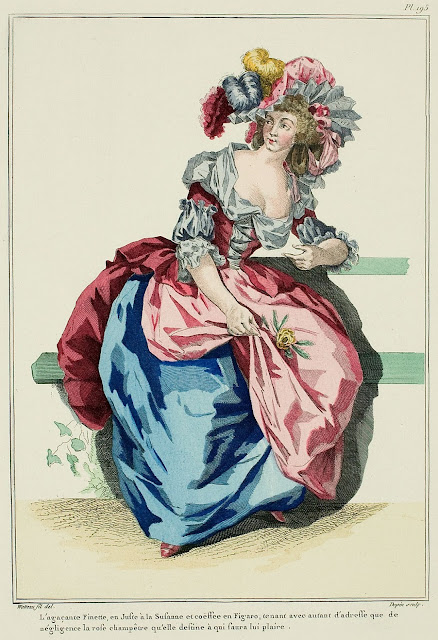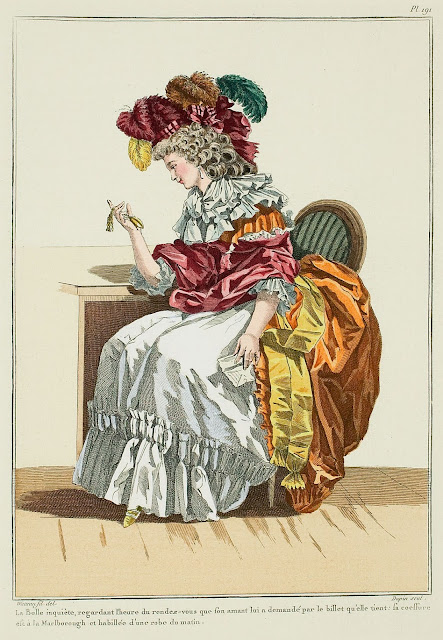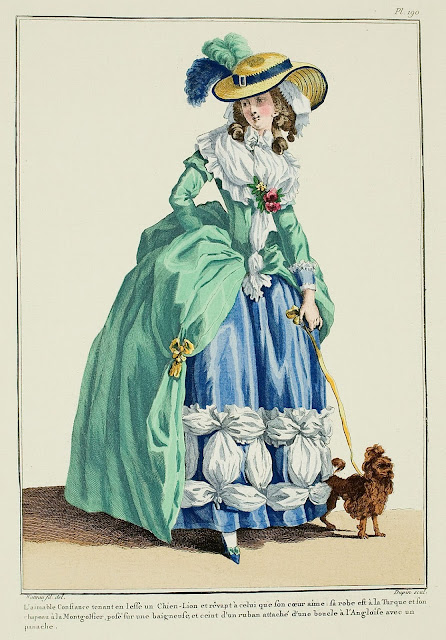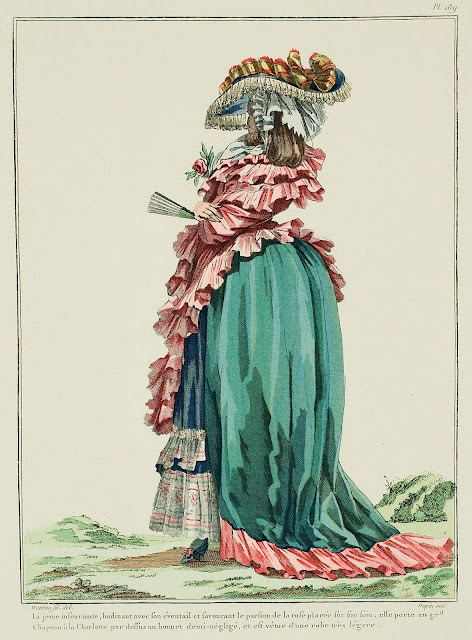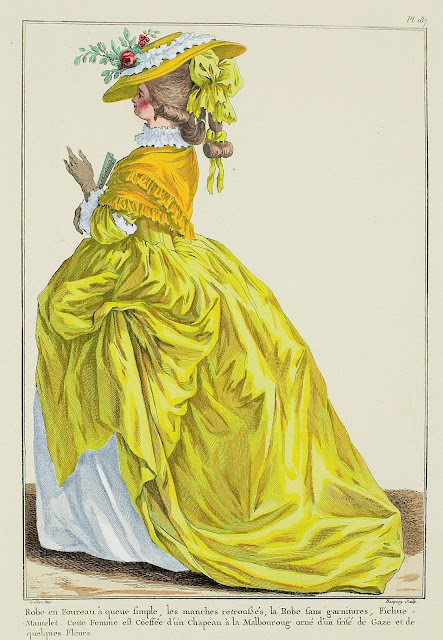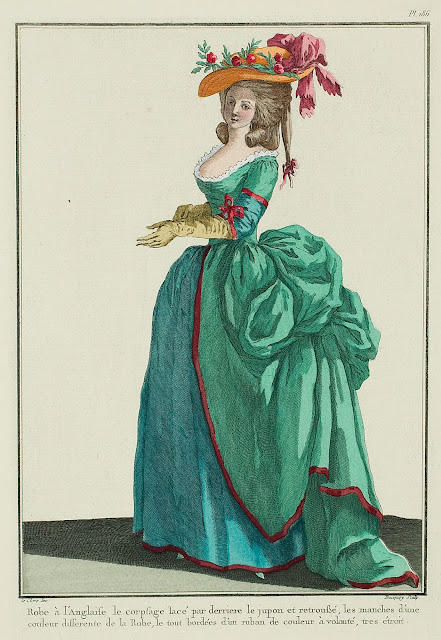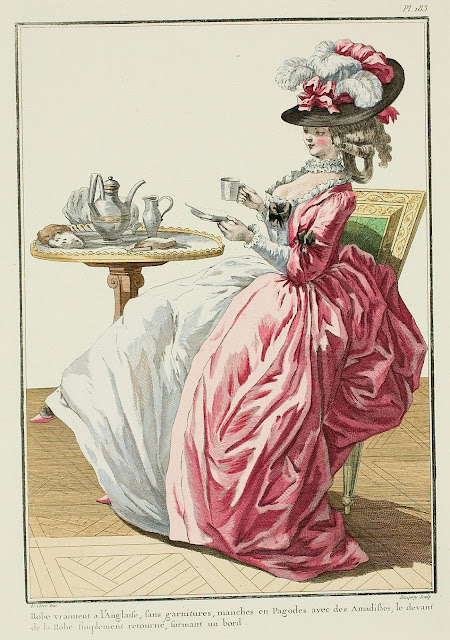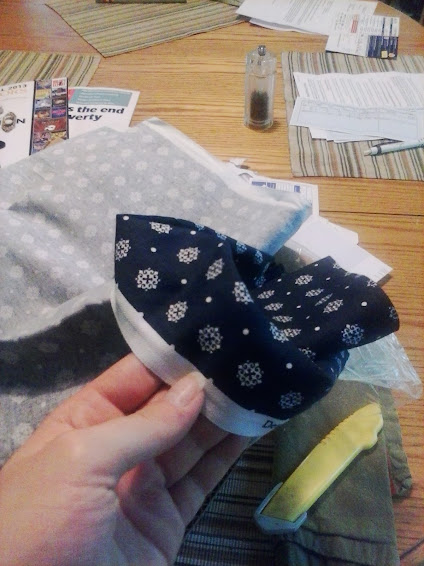The Myth of Chanel and the 1920s: I - A Sea Change
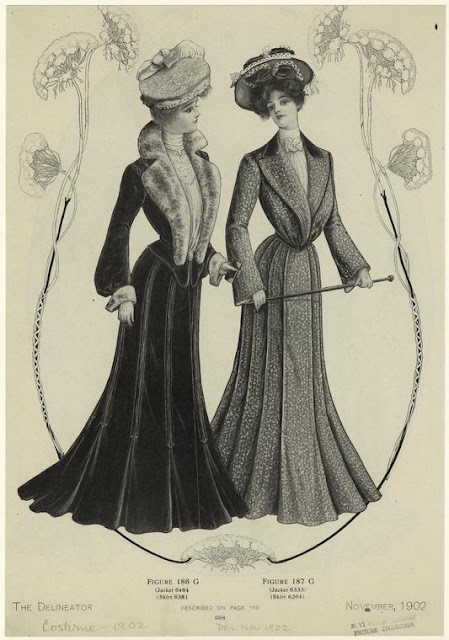
But it was the androgyny promoted by Chanel that dominated women's fashion in Europe in 1919. ... Once the matchless pace setter of individuality in fashion, Poiret snorted that her clothes resembled 'Cages lacking birds. Hives lacking bees.' The 1910s are not a well-known decade in fashion history. Despite the success of Downton Abbey, many still contrast the loose dress of the 1920s with fitted gowns and S-bend corsets from the first decade of the twentieth century to determine that a change must have erupted at the very end of the 1910s. Figs. 186-187, The Delineator , Nov. 1902; NYPL 816623 This is, however, a misunderstanding. By 1909, the silhouette had become less strongly curved; by 1911, the revival of the Regency style was fully fashionable, and women's dress made use of the high waistline and a narrow skirt in imitation. A prime mover in this shift was Paul Poiret , an ex-employee of the Houses of Worth and Doucet who had created his own ...


